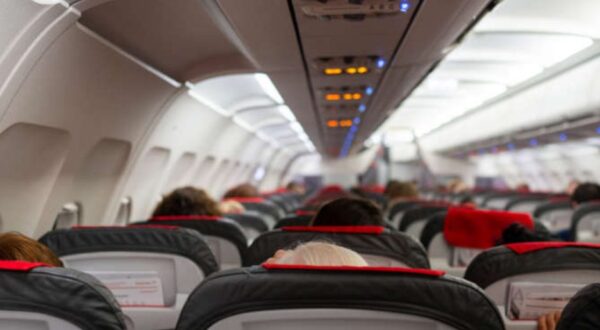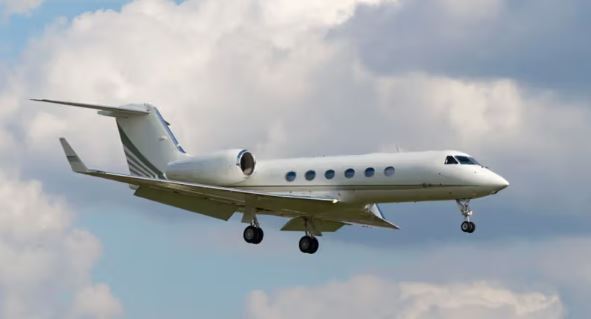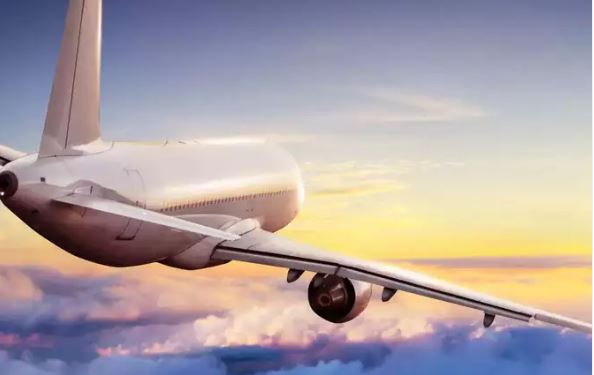1. Book as early as possible
Airlines typically release seat maps when tickets go on sale, so the earlier you book, the more options you’ll have. This is especially important if you’re flying economy and want specific seats like aisle, window, or bulkhead. For popular routes or busy travel seasons, booking months in advance can make a significant difference.
2. Use seat selection tools and reviews
Before choosing a seat, consult websites like SeatGuru, SeatLink, or ExpertFlyer. These platforms show seat maps tailored to the specific aircraft you’re flying on, along with reviews from other travelers. You can find out which seats don’t recline, are near noisy areas (like galleys or lavatories), or offer extra legroom.
3. Choose your seat during the booking process
Many travelers skip the seat selection process or go with whatever the airline assigns automatically. Don’t do this if you care about your seat quality. Always choose a seat manually during booking, even if it costs a little extra. For budget airlines or basic economy fares, this may be your only chance to avoid a middle seat.
4. Understand seat location benefits
-
Front of the plane: Quieter and quicker to deplane. Ideal for business travelers or short layovers.
-
Over the wing: Offers the smoothest ride due to its proximity to the aircraft’s center of gravity. Good for those who dislike turbulence.
-
Exit rows: More legroom but often have fixed armrests and may not recline. Sometimes children aren’t allowed here.
-
Bulkhead seats: Extra legroom, but you might be near bassinets or galley noise.
-
Rear of the plane: Often emptier and can be good for getting a whole row, though it’s usually last to deplane.
5. Revisit the seat Map 24-48 hours before departure
As the flight date approaches, airlines often release previously blocked seats. These might include extra-legroom rows, preferred seating, or even empty rows due to flight changes. Log in to your booking and check the seat map again during online check-in or shortly before it opens.
6. Leverage airline status or credit card perks
Frequent flyer status, even at the lower tiers, can give you access to preferred or extra-legroom seats at no extra cost. Similarly, airline-branded credit cards often come with perks like free seat selection, priority boarding, or automatic upgrades. If you travel often, these benefits can quickly add up to better seating experiences.
7. Politely ask at the airport
Gate agents and check-in staff have more flexibility closer to departure time. If the flight isn’t full, they may be able to move you to a better seat. You can ask to be moved to an empty row, a bulkhead, or even inquire about paid upgrades that may be discounted at the last minute. Kindness and patience often go a long way here.









